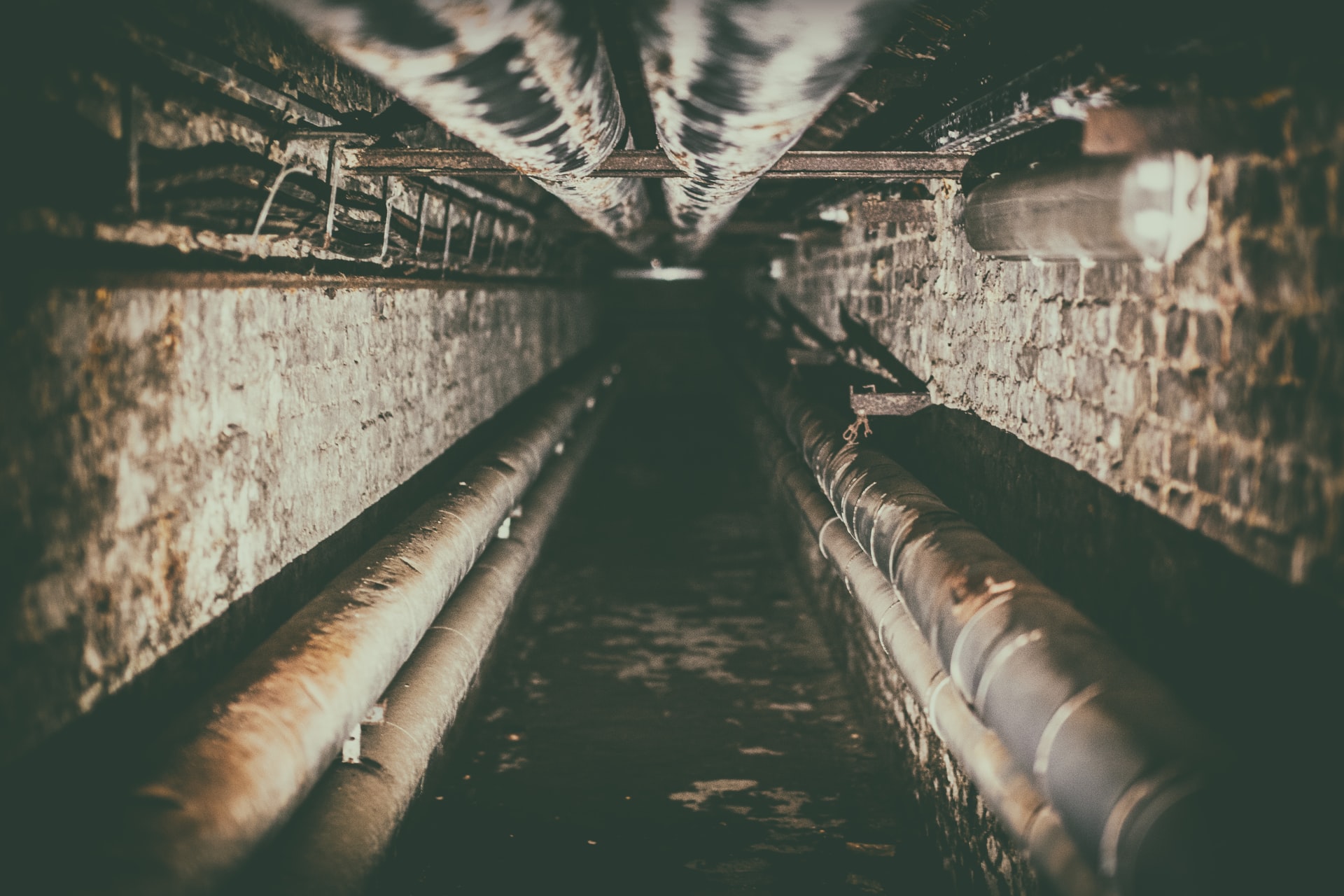Our Nation’s Aging Water Infrastructure

The following blog was submitted by Laura Nelson, a graduate student in the MPH program (Infectious Disease concentration), as part of the requirements for GRAD 5414 Water for Health Seminar Interdisciplinary Seminar. This course examines emerging interdisciplinary issues related to the chemistry, microbiology, engineering and health aspects of drinking water.
The United States’ aging water infrastructure poses a real threat to national water supply and sustainability. Water is a fundamental resources that every human relies on yet our water infrastructure is failing. Some communities in the US receive water supplied by pipes over 100 years old; these pipes suffer from massive leaks and corrosion (AWWA, 2001). It is estimated that over 1 billion gallons of treated water is lost every day due to large breaks and hairline cracks in our water infrastructure. It is estimated that there are over 240,000 water main breaks and an astounding $1 trillion in repairs needed to fix our infrastructure by 2035 (EPA, 2013). In addition to water escaping from these pipes, cracks and breaks in the system allows for pathogen contamination which may put whole communities at risk of diseases.
While the U.S. water infrastructure is increasingly marginalized at meeting the needs of the current population, increasing urbanization and population rates increases the pressure on the system. A change is needed in order to secure our future with safe and sustainable drinking water. The southwest region of the US is the fastest growing population and often most water stressed region, and will continue to struggle with water shortages. Projects such as the Colorado River Dam have been implemented to be able to adjust and meet the needs of communities but water supplies are not being naturally replenished as quickly as they are being consumed.
With all of these staggering statistics it makes sense to ask what is being done about the state of our country’s infrastructure. The Environmental Protection Agency has developed a 3-step water loss control program that involves an assessment, intervention and evaluation plan. First an audit on water loss needs to be conducted in order to establish real water loss data. Next, an intervention that determines what measures, maintenance, and management need to be taken. Finally, an evaluation that continues monitoring and compares measures to industry benchmarks (EPA, 2010). The countries infrastructure and water quality is commanded by many federal mandates and thus is it only reasonable, in order for these EPA recommendations to come to fruition, to pull from federal funds to fix our infrastructure. One of the main political battles with this is that public officials want to make change that people can see while they are in office. Fixing water infrastructure is not a “sexy” topic when it comes to reelection and thus may continue to be a battle to fix until it becomes an issue that can no longer be ignored.
Bibliography
American Water Works Association (AWWA). (2001). “Reinvesting in drinking water infrastructure.”
US Environmental Protection Agency (EPA). (2007). “Innovation and Research for Water Infrastructure for the 21st Century.” Office of Research and Development, Washington DC.
US Environmental Protection Agency (EPA). (2010). “Addressing the challenge through science and innovation.” Aging Water Infrastructure Research, Office of Research and Development, Washington DC.
US Environmental Protection Agency (EPA). (2013). “Real Loss Component Analysis: A Tool for Economic Water Loss Control.” Water Research Foundation.


